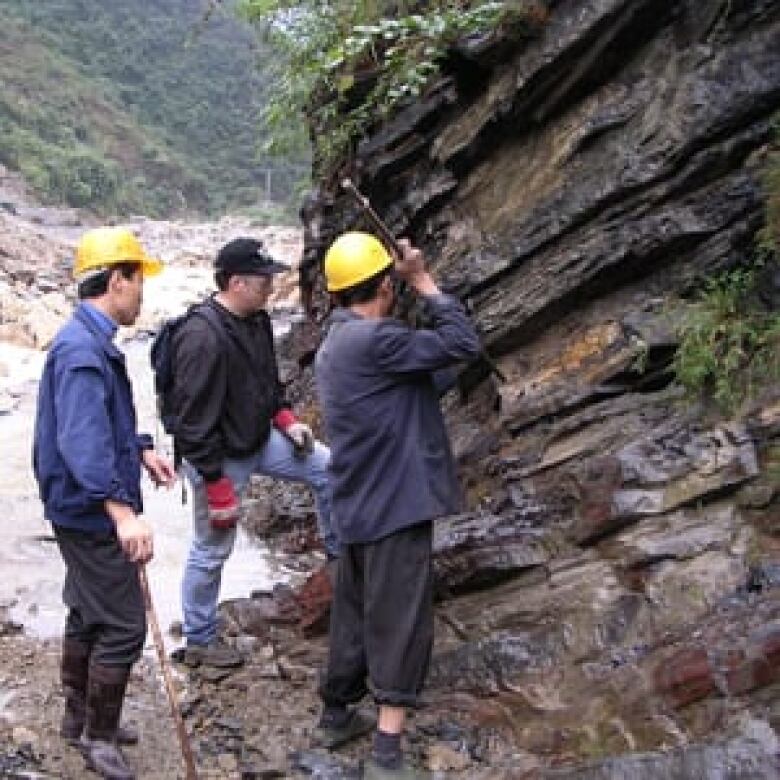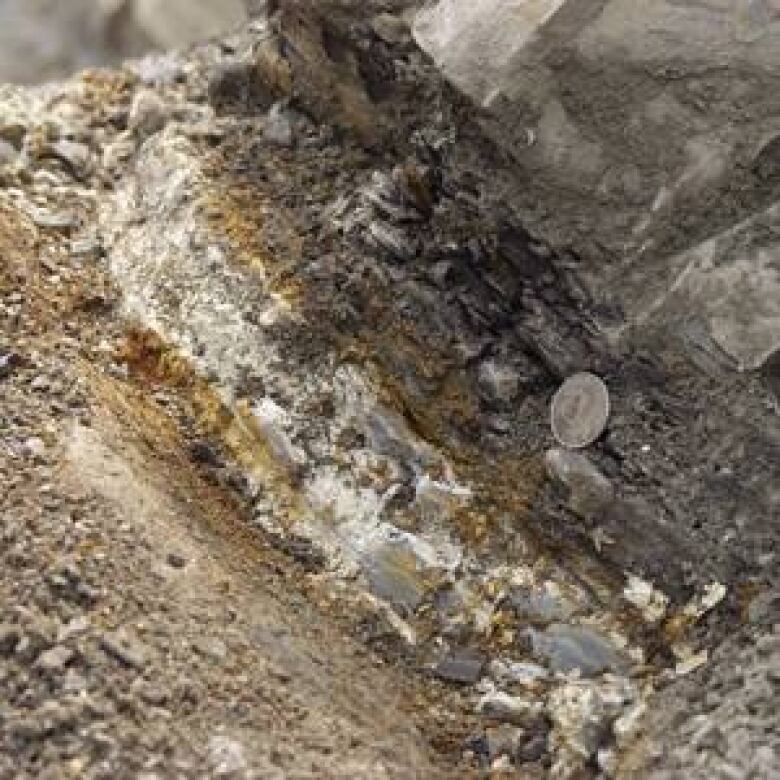Worst extinction ever linked to massive CO2 spill

Scientists finally know the dateand hence the likely causeof a massive extinction that wiped out 95 per cent of life in the oceans and 70 per cent of life on land more than 200 million years ago.
The end-Permian mass extinctionthe most severe mass extinction everpeaked 252.28 million years ago,reportsa new study published Thursday in Science.
Most affected species met their demise within 20,000 yearsa blink of an eye on the geological timescale. In all, the mass extinction lasted less than 200,000 years, wiping out huge forests of conifer trees, tree ferns,big amphibians, large reptiles such as dimetrodons, mammal ancestors called synapsids anda hugediversity of fish and shellfish.

"That led to cascading effectglobal warming, aridity in various areas, giant wildfires, acidification of the ocean," said Charles Henderson, a geosciences professor at theUniversity of Calgary who co-authored the paper with alarge international team.
"All of these things led to a very inhospitable world."
The study also showed that marine and land animals went extinct at the same time, ending a long-held scientific debate.
Researchers are interested in the causes of previous mass extinctions because they hope it will help them understand the rapid loss of biodiversity that is taking place in the present day, Henderson said.
Previously, scientists had a very rough idea of when the end-Permian extinction took place, based on the fossil record, which provides a relative age record.
"All you can say is this fossil is older or younger than another fossil," Henderson said, "but you don't exactly know how much." While that may show species going extinct, "you don't know how fast it happened, and you dont know exactly when."
That meant it was impossible to tell whether the extinction happened before or after major geological events around the same time such as the massive release of gases from the Siberian traps: "You need something that gives you absolute time as opposed to relative time."
In the new study, led by Shu-zhong Shen at the Nanjing Institute of Geology and Paleontology in China, the absolute timing was determined from chemical techniques that rely on the rate of radioactive decay of uranium in zircon. The techniques have only recently become precise and standardized enough to use in this type of study, Henderson said.
Lucky eruption
The zircon crystals were found in ash beds interspersed between fossils in South China and Tibet. The localized ash was deposited by nearby volcanoes similar to Mt. St. Helen's in the northwestern U.S. around the time of the extinctiona lucky coincidence that didn't happen at most other fossil beds around the world of a similar age.

"We actually can show the species actually going extinct," said Henderson. "It's an immense amount of work."
Henderson played a key role in that part of the study because he specializes in identifying conodonts, a once common but now extinct group of eel-like marine animals related to fish. By identifying conodont features that evolved earlier or later, researchers can figure out the relative age of a given fossil layer.
Now that the scientists have pinpointed the timing and progression of the extinction, it will be possible to do more detailed studies that weren't possible before, Henderson said. For example, scientists can look more closely at how fast species were evolving leading up to the extinction and compare them to other changes in the ecosystem. Or they can do computer modeling to try and figure out how the extinction may have progressed in more detail.
"It opens up the door."












_(720p).jpg)


 OFFICIAL HD MUSIC VIDEO.jpg)
.jpg)



























































































